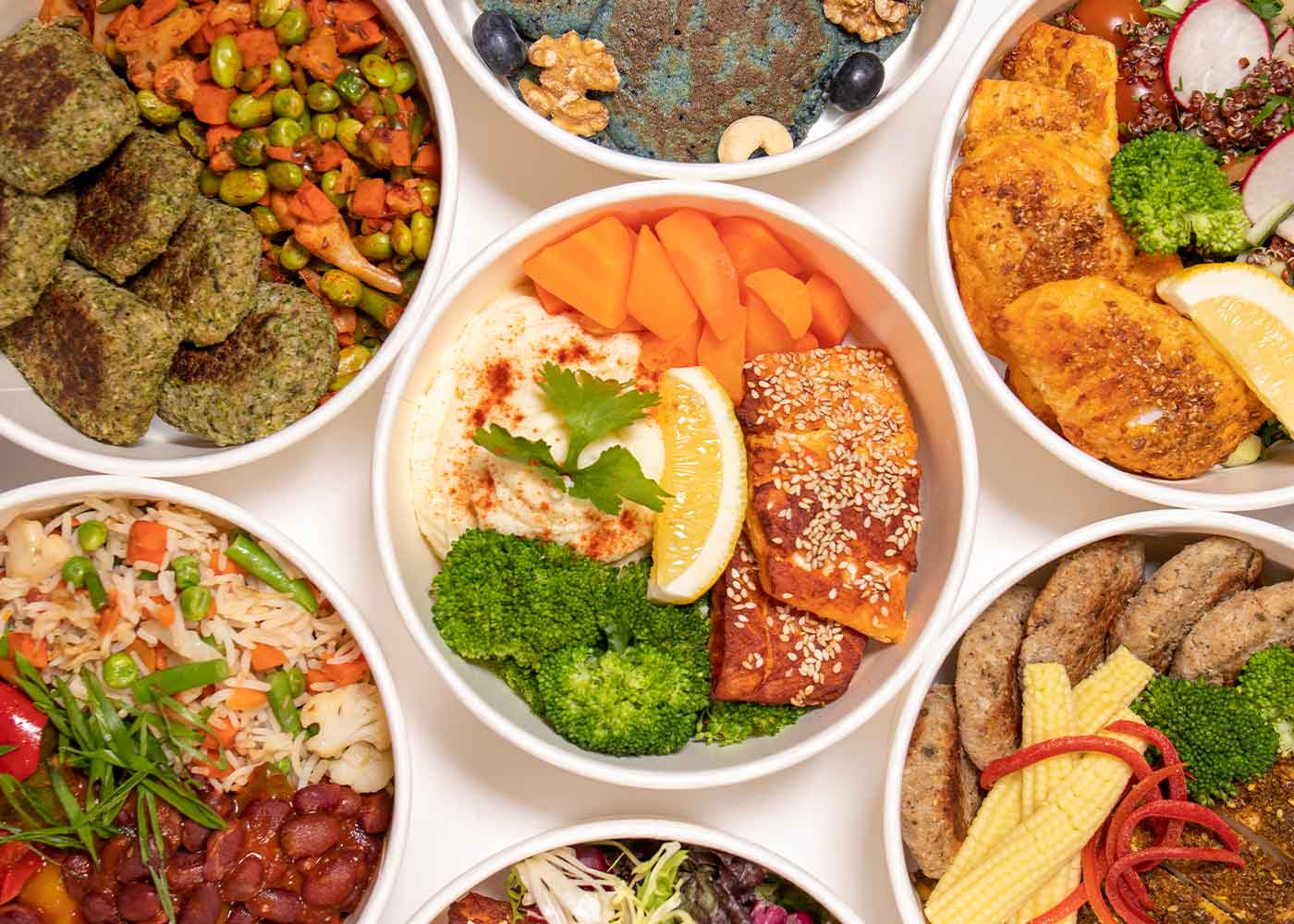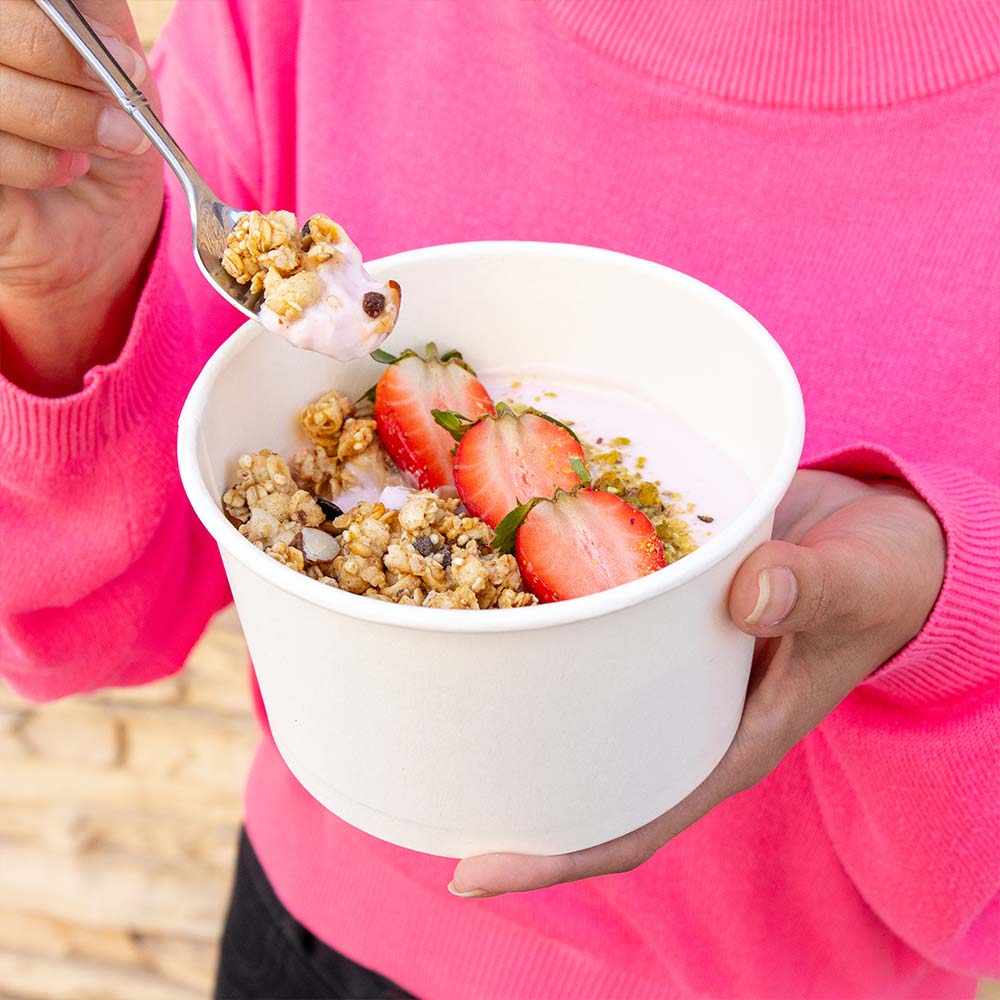For many centuries white rice has served as an important
part of most people's diets especially due to its cheapness, its versatility
and the simple cooking methods involved. However, it is often of poor
nutritional density and has a high index of glycemic of which is prone to
causing high blood sugar levels. There exist quite a number of satisfying and
less calorie dense and nutrient dense substitutes. This article examines some
of the best healthy alternatives to white rice, and their advantages which makes
them suitable for incorporation in balanced meals.
1. Brown Rice:
This brown rice is a whole grain and includes the nutritious
bran and germ layers, unlike white rice, which has only the endosperm. Hence,
it is a healthier option than white rice. There isn’t any cuisine which can't
be complemented with brown rice, be it stir fries or casseroles or rice bowls.
It would take more time to cook but the nutty taste and the chewy quality is
worth the wait.
Benefits of Brown Rice
- High content of fiber helps to prevent constipation and
makes one feel full for a long period of time.
- Has magnesium, phosphorus and selenium which are important
minerals.
- Healthy option as the glycemic index is much lower than
that of the white rice.
2. Quinoa:
Quinoa is a gluten-free seed that is packed with protein and
includes all nine amino acids making it protein quinoa complete. Quinoa is very
useful and can be used to make salads, roasted veggie dishes or even soups. It
absorbs water rapidly and has a very pleasant nutty taste.
Benefits of Quinoa
- Protein-full food good for vegetarians and vegans alike.
- Has nutrients such as antioxidants that are good for
health.
- Contains fiber therefore the promotion of proper weight
and digestion is possible.
3. Cauliflower Rice:
Cauliflower rice
is a low-calorie food that consists of raw cauliflowers that have been grated
or processed into small pieces similar to rice. Cauliflower rice can be sautéed
with spices or used in fried rice recipes. It absorbs flavors well and provides
a similar texture to traditional rice.
Benefits of Cauliflower rice
- Because it has very few calories and very few
carbohydrates, it encourages weight loss and is suitable for ketogenic diets.
- Increased levels of vitamin C which is helpful for immune
function.
- Contains fiber helpful for digestion.
4. Wild Rice:
Wild rice is a variety of edible grain that has a chewy
texture and a slightly nutty flavor and is considered to be a seed. Wild rice
is also used in soups or salads or is served as a dish accompaniment to
barbecued fish or meat as well as vegetables.
Benefits of Wild Rice
- Contains more protein than white rice.
- Contains various anti-inflammatory antioxidants.
- Contains magnesium, phosphorus, and other vitamins and
minerals.
5. Barley:
Barley is another high fiber grain which can also be
included in the diet due to its overall weighty and chewy quality making it a
satisfying choice in place of white rice. Incorporate barley in stews or
risottos. Its strong taste is well suited for strong vegetables and herbs.
Benefits of Barley
- It contains appreciable amounts of beta-glucans which
promote healthy hearts by lowering cholesterol levels.
- It contains complex carbohydrates that are digested slowly
in the body for energy.
- Provides vitamin and mineral content that includes
selenium and B vitamins among others.
6. Lentils:
Lentils are not a type of grain, but rather legumes.
However, they are similar in size and appearance of rice, which is why they can
easily replace rice. In particular, lentils are used for curries, soups, and
bowls with rice or other grains. Also, they need less time to be cooked and
seasoning in such dishes is flexible.
Benefits of Lentils
- Contains ample amounts of protein and fiber, both of which
are important for satiety and muscle repair after activity.
- Contains minimal fat while providing sufficient iron
levels that help with energy.
- Provides benefits in controlling blood glucose levels
owing to a low glycemic index.
7. Farro:
A Farro is an ancient grain, loved for its tasty, nutty
flavor, and chewy consistency as well as its health benefits. Farro is great in
salads, soups and as a substitute for rice in risottos. It has a great texture
that goes well with vegetables and sauces.
Benefits of Farro
- Rich in dietary fiber for improved digestion.
- Prolonged energy through complex carbohydrates.
- Magnesium, zinc, and free radical defense are all present.
8. Shirataki Rice:
Shirataki rice has also become a popular food replacement
where calories and carbohydrates are minimal. The shirataki rice is precooked
and incorporated in stir fries or served as accompaniment to curries and
grilled items.
Benefits of Shirataki Rice
- Minimal calorie and carbohydrate content that helps in
weight loss.
- Contains glucomannan, an appetite maintaining soluble
fiber, in abundance.
- Decreases blood sugar as well as cholesterol levels.
9. Couscous:
Couscous is a pasta but takes the shape, and size of rice
and is a quick cooking grain too. Couscous is served with roasted vegetables,
meat, or beans. It is best suitable for packed meals and on the go food.
Benefits of Shirataki Rice
- Low fat and rich in selenium.
- Can be mixed with spices and flavors to make it more
appealing.
10. Millet:
Millet is a non-gliadin containing grain that has a subtle
sweet flavor and a fluffy feeling. Millet can be taken as breakfast porridge,
in salads, and can also substitute rice in casseroles.
Benefits of Millet
- An excellent source of magnesium which may aid in the
mitigation of heart problems and inflammation.
- Helps keep the body in shape since it is rich in roughage.
Adjusting to Healthier Rice Alternatives
Adaptation to healthy food options can be done with the
following suggestions:
1. Start Small: When trying the rice substitute, it is
recommended to combine it with the plain white rice to get used to its taste
and texture.
2. Use Broth Supplements: Flavors of such substitutes can
also be enhanced with the use of herbs, spices, and broths.
3. Experiment with Recipes: Incorporate these substitutes
into familiar recipes to create balanced meals.
Conclusion
Dishes that are made from ingredients such as quinoa,
cauliflower rice and lentils instead of white rice have been found to improve
the nutritional values of the diet while enhancing the wellness goals. They
come in different flavors and forms with varying health benefits making them
suitable for meals for those wishing to eat healthy. To get meal plans and
recipes, which have these alternatives included, visit Energy Meal Plans. Take
the first step towards healthy eating now!






























